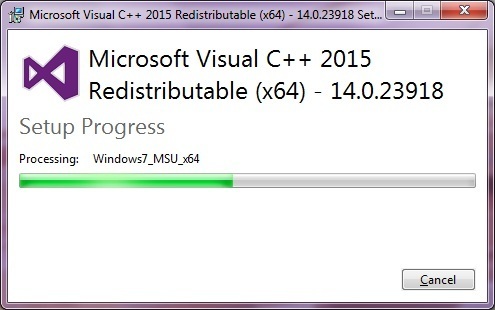Gain Complete Visibility and Control over Manufacturing Processes with LIMS
Scaling manufacturing operations is a crucial aspect of business growth and implementing a scalable LIMS (Laboratory In today’s rapidly evolving manufacturing landscape, businesses face increasing pressure to optimize their processes, ensure product quality and maintain regulatory compliance. To achieve these goals, many organizations are turning to Laboratory Information Management Systems (LIMS) as a comprehensive solution. LIMS enables manufacturers to gain complete visibility and control over their manufacturing processes, empowering them to make data-driven decisions, enhance efficiency and drive continuous improvement. At its core, LIMS is a software platform designed to streamline and automate laboratory operations. It serves as a centralized hub that integrates data from various sources, including instruments, equipment and personnel, providing a holistic view of the entire manufacturing process. By consolidating data and eliminating silos, LIMS eliminates the need for manual data entry and reduces the risk of errors, ensuring accuracy and consistency throughout the production cycle.

One of the primary advantages of implementing LIMS in manufacturing is the ability to capture and analyze real-time data. With LIMS, manufacturers can monitor critical parameters, such as temperature, pressure and humidity, in real time, allowing for proactive interventions and timely adjustments. This proactive approach minimizes the risk of product defects, reduces waste and enhances overall quality control. Moreover, LIMS enables manufacturers to enforce standard operating procedures (SOPs) and regulatory compliance and check this out https://atlab.com/industries/manufacturing-lims/. By establishing a centralized system that tracks and manages SOPs, LIMS ensures adherence to industry regulations, such as Good Manufacturing Practices (GMP) and ISO standards. The system can generate audit trails, maintain records of instrument calibrations and facilitate document management, making it easier to demonstrate compliance during inspections and audits. Another key feature of LIMS is its ability to facilitate efficient sample and inventory management. With LIMS, manufacturers can track samples from collection to analysis, ensuring traceability and minimizing the risk of mix-ups or contamination.
The system also provides visibility into inventory levels, expiration dates and usage patterns, enabling better inventory planning and reducing the chances of stockouts or excessive inventory. Furthermore, LIMS empowers manufacturers to leverage data analytics and reporting capabilities to identify trends, patterns and bottlenecks in their manufacturing processes. By analyzing historical data, manufacturers can uncover insights that drive process optimization, enhance productivity and reduce costs. LIMS can generate customizable reports and dashboards, providing stakeholders with real-time access to key performance indicators (KPIs) and enabling informed decision-making. In conclusion, implementing a LIMS solution in manufacturing processes offers a range of benefits, including complete visibility and control over operations. By centralizing data, automating workflows and providing real-time insights, LIMS enables manufacturers to optimize their processes, ensure product quality and maintain regulatory compliance. With the ability to capture, analyze and report data efficiently, LIMS empowers organizations to make data-driven decisions, improve efficiency and drive continuous improvement in the dynamic world of manufacturing.
Read more






